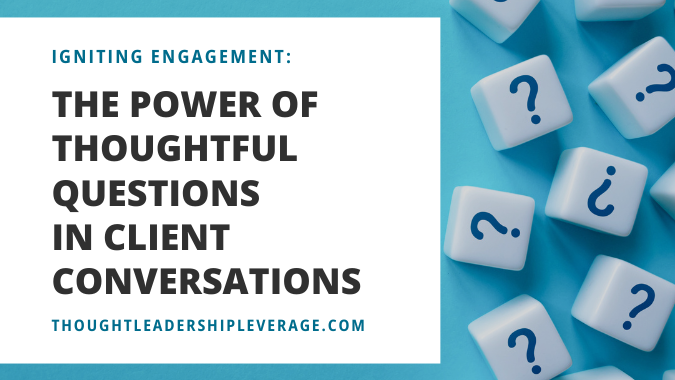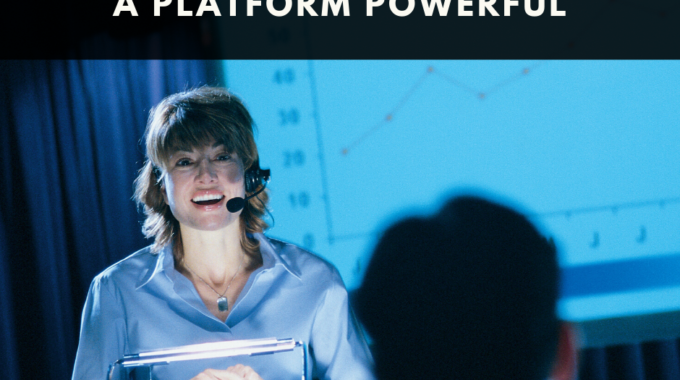Listen up, thought leaders! We're not just here to regurgitate info; we're the movers and…
When Did You Know How Much You Needed to Learn?
There’s a learning model that talks about our journey from unconscious incompetence to conscious competence. As a thought leader, you have an expert mental model—your content and framework—and you can’t simply expect people who have just begun learning about it to have your level of mastery. If you want to communicate your concepts and get others to use them, you need to understand these four stages of competence.
At first, a learner knows very little about the content or skill. They cannot possibly gauge how much an expert knows or how much effort went into learning. They may watch a concert violinist and think, “I could totally do that!” That person isn’t arrogant. They’re unconsciously incompetent! They think the skill looks easy, and they don’t know any better. Even if they recognize the difficulty, they don’t know how much work it took to get there – or how far they are from that goal. That’s called unconscious incompetence.

From there, you take your first steps on the learning journey.
You try the skill and discover that it’s harder than you thought. Suddenly, you have conscious incompetence, and that’s a key part of learning. You now realize that there are a thousand small details that you will need to know in order to be competent. You can estimate how far you have to go.
Next, the learner moves to conscious competency. You can play the violin, but only if you are carefully paying attention to every small detail, every motion, and each minor accomplishment. Only when you are fully focused on the skill can you render a competent performance, and you have to sweat every detail.
Lastly, and most excitingly, comes unconscious competence, the state when you can perform a complex task well while thinking about something else. You’ve mastered the small skills and details, you have the muscle memory of long repetition, and your effort is fluid and adept. This is the realm of true mastery. You can perform the task almost effortlessly, without thinking about the details.
As a thought leader, you’re usually operating in the realm of unconscious competence. You understand your subject so instinctively and deeply that it may be difficult for you to explain it to a learner. But that’s what you have to do. Think about the people who want to master your content. You want them to reach unconscious competence—where they have so internalized the content that they naturally behave in the most advantageous way, and can focus their mind on other tasks.
To be successful, thought leaders have to present their ideas in a way that guides and encourages learners through these four stages. It takes a lot of clarity and patience, but it’s the best way to help others develop mastery of your content.
As a thought leader, your content likely comes easy to you.
While you might spend your idle time—on a plane or at a restaurant—thinking about the nuances of your content, you’re probably one of the very few people (perhaps the only one) who does so. So, remember, what comes easily to you will seem new and possibly disorienting to the people who most need to learn and use your content. Help them grow, and don’t expect them to leap into unconscious competence in one fell swoop.




